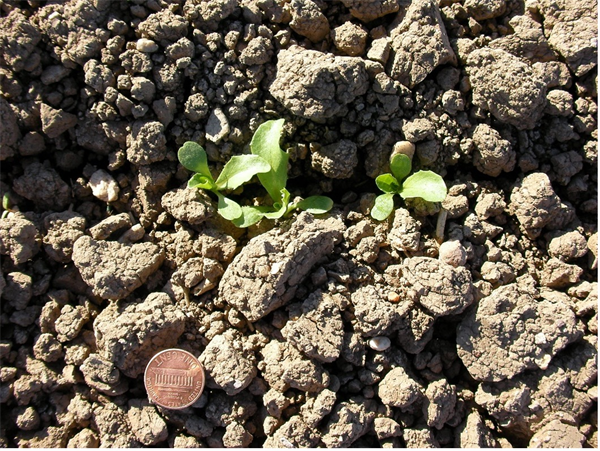Oct 6, 2021
Vegetable IPM Team
I want to take this opportunity to express my gratitude to the University of Arizona (UA) Vegetable Integrated Pest Management (V-IPM) Team consisting of Marco, John, Barry, Bindu, and Mark for inviting me to join the team and provide an agronomic component. This is also a good opportunity to offer some background on myself and my connection to the V-IPM realm.
I was first exposed to the concepts of IPM in crop production systems while I was an undergraduate student in agronomy at Kansas State University in the early 1970’s. Following graduation 1976, I began working as an agronomist-crop consultant in the irrigated crop production systems on the high plains of southwestern Kansas. In this capacity I was responsible for contracting 10,000-15,000 acres per year with the duty of providing useful crop production and management input to the growers on a continual basis and very importantly for protecting the crop from pests (insects, weeds, and diseases).
I learned very quickly in my first year in the field as a young agronomist-crop consultant that I could do an excellent job of assisting in the planning and management of basic agronomic inputs such as variety selection, planting management, soil fertility, tillage, rotations, etc. But if I was going to survive and do well in that job, I needed to learn how control crop pests effectively. The use of IPM practices was very new at that time and the crop consulting group I was working with were employing IPM practices in the field. The IPM approach worked best for effective pest control and gave us that capacity to protect the crop and it was the best route for economic profitability, plus we could see the environmental benefits, even the late 1970s. The farmers we worked with were somewhat dubious at first but began to see this working and readily embraced the use of IPM.
In the five seasons that I worked on the southern high plains in this capacity, I developed an appreciation for good programs in applied research and Extension education. As crop consultants, we appreciated the work provided by the scientist from Kansas State, Oklahoma State, Nebraska, and Colorado State Universities for developing and communicating the thresholds and control methods for the important crop pests in our region. They gave us the basic tools and we took that to the field, refined it, and made it work most effectively. It was an important partnership between the land-grant universities and our work in the crop production industry.
As a result of those experiences, I was motivated to return to graduate school in the Agronomy Department at Oklahoma State University with a major area of focus in soil-fertility and plant nutrition.
In January 1987, I interviewed, was offered, and accepted a position at the UA in Tucson, Arizona as an Extension Agronomist-Cotton (aka Cotton Specialist). Cotton production in 1987 was robust and widespread throughout southern Arizona and IPM was being introduced by UA personnel, but the cotton community was dubious, to say the least. In 1990 we were hit with horrendous pink bollworm (Pectinophora gossypiella, Saunders) infestations in cotton fields throughout the state and then whitefly populations (Bemisia tabaci Genn) rapidly increased to very damaging levels in 1991 and 1992. Working with an excellent team of UA Extension colleagues and the regional cotton industry, we were able to bring some good IPM practices, including important cultural practices, into our systems. New scientists like Drs. John Palumbo and Peter Ellsworth were hired and the IPM capacities in our UA programs significantly improved with their input and leadership.
Today, the IPM effort in Arizona is one of the very best in the country and the agricultural industry is among the most progressive as well. The V-IPM team stands out as one of the very best in this region or anywhere and I certainly appreciate the opportunity to work with this outstanding group and the vegetable crop production industry. Having some agronomic input to the V-IPM is good integration.
To contact Jeff Silvertooth go to:
silver@ag.arizona.edu













